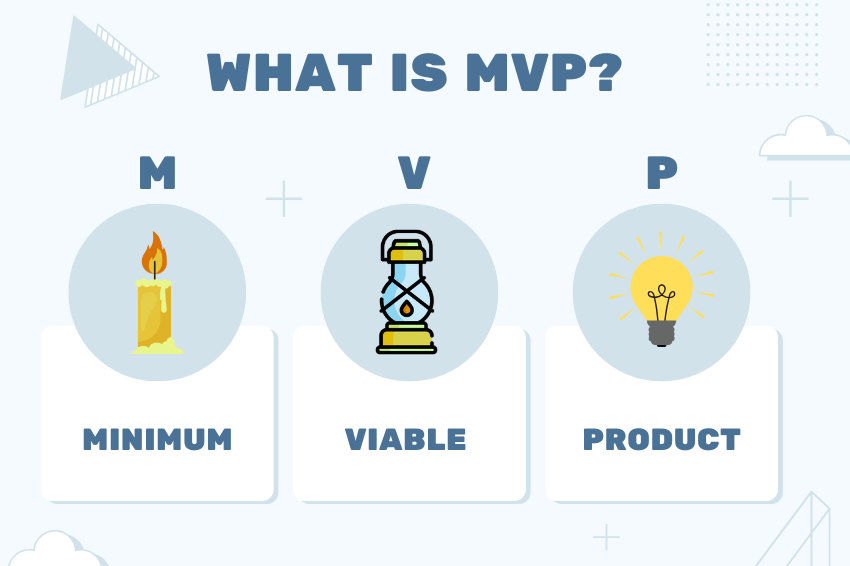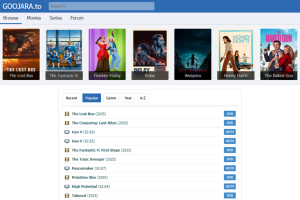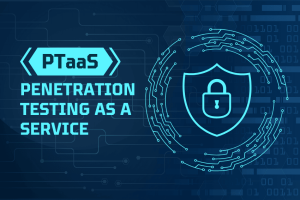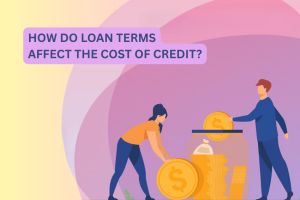The time it takes to execute an idea is more often a cause of concern in the current business world to both new business owners and product managers. Minimum Viable Product (MVP) has become one of the most effective theories in the process of product development that defines a product with such features as can be launched in the market with the primary goal of receiving feedback from clients to determine their potential.
This article will provide an insight into a Minimum Viable Product (MVP) is, its importance, steps to build an MVP, and examples of real-world apps.
What is Minimum Viable Product (MVP)?

A Minimum Viable Product, usually referred to as MVP, is a basic version of a product that contains the features needed to satisfy the customer need or address the problem that it is meant to solve. MVP is a concept that enables fast acquisition of knowledge regarding the applicability and acceptance of a product in the market without much spending. They can be used as a tool to check the hypotheses about the demand, the user experience, and the envisaged market according to the stage of customers that is at before going on with the full-scale development.
It should be noted that the concept of the MVP is interrelated with lean startup methodology, or the theory described by the US-based poet-entrepreneur Eric Reis in his book “Lean Startup”. This concept stems from the notion of avoiding exceptional cost in certain products by maximizing on the most important aspects of a product that can be beneficial to clients.
The Importance of MVPs
Learn how minimum viable products (MVPs) can be used effectively to foster innovation, test business ideas, reduce risk, and increase value for users, which is important for start-ups and large companies.
Risk Reduction
Key advantage is seen in the reduction of risks that are bound to happen when a company is producing a new product in a large scale. It may be a product in its most basic form and offered to the market to try out without much investment in time, effort and money.
Cost Efficiency
The process of developing an MVP product does not demand a lot of resources and is an optimal way of resource utilization. First, by keeping on the essentials, cost is well controlled by the startup or simply the business, meaning features that may not be compulsory or which the customers do not need are disregarded.
Market Testing
This is generally true since an MVP is a great way to test the market need for a particular product. Thus, releasing a basic version of a business’ app enables them to collate invaluable information in real-time, thereby improving the approach that is based on assumptions.
Customer Relations Management
It offers a way to engage the customer during the early stages and form a bond where one is not present and get insights from the consumers. It is especially true as this direct feedback can subsequently be used for further enhancing the product to fit the customers’ expectations.
Flexible
MVP does not focus on long, non-flexible lengthened study on the program, but on learning. The advantage of initial product launches is not only that it reveals the market’s reaction but the companies are capable of constant changes to the product.
Key Steps in Developing an MVP
Explore the key elements of creating an MVP to effectively test a new business concept, ascertain market demand, and make necessary adjustments based on user feedback.
Notice Main Features
The most crucial ideas discovered when creating an Minimum Viable Product (MVP) include the essential features that would suffice to address the main concern of the target market. This in turn, demands considerable understanding about the pain of the customer and the benefits provided by this product.
Develop MVP Objectives
One should describe the key goals of the MVP and what it entails to be considered a success. Targets might be pre-selected numbers of users, verification of hypothesis or specific engagement levels. To measure effectiveness of MVP, clear objectives are important. The analysis contributes to the decision making by providing information about clear objectives and how they aid the measurement of the MVP.
Stable and Lightweight
Implement the features that would allow the product to be built in its minimum viable state, meaning that the focus will be only on those components that were target as being the essential for the application. The latter stress should be placed on what is being delivered rather than how it is being provided.
Testing
The final step involves having the MVP launched to a selected group of users or in the market in general. Surveys, interviews, and analytics should be used in order to identify how people are using the product and what their opinion is about it.
Enhance Product
It is essential to use the observations made during the feedback process to make proper evaluations of areas of improvement of the designated product. This process of development mainly consists in improving the product and its features and enhancing the versatile usage for the end-users through the real performances acquired through observations.
Methodologies for Creating an MVP
Here are several methodologies applied to the creation of an MVP, each of them has its own general strategy:
Lean Startup Strategy
This means the development of a process where the focus is on the build-measure-learn cycle. It allows for the organizational culture of trying as many possible solutions as possible to identify the best matching product-market fit.
Decentralized Organization
Agility is used when the system is developed in a decentralized manner involving experts built in an iterative manner and integrating feedback from them into the system. In fact, this approach is suitable for MVP development as it is flexible and amenable to customization.
Design Thinking
It entails understanding the users, clarifying their wants and needs, creating ideas, modeling solutions and evaluating them. Design thinking is relevant in the process of MVP development since it enables the team to build a product that meets specific customer needs.
Customer Development Model
This is a business model that has four stages namely, customer discovery, customer validation, customer creation and company building. It stresses the need of the customer and the creation of the product that would help to satisfy his needs in the best possible manner.
Challenges in MVP Development
As already mentioned, there are some limitations of using the Minimum Viable Product (MVP) approach:
Core Features
There is a crucial problem of achieving a right balance between minimalism and utility. If the MVP offered is too simplistic, the user may not be inclined to use the product and vice versa, if the MVP offered contain too many features, the focus of the core features may be lost.
Minimizing Resistance
Changing the perception of customers about what is possible is very challenging when it comes to explaining the concept of an MVP. To avoid this, one should carefully explain that an MVP is something to help in the learning process and is an initial minimal product offering.
Achieving Quality
While choosing the features to include in the product and releasing the MVP that covers only its core functionalities, it is important to achieve a certain level of quality. Sacrificing the quality results in negative perception as well as reception among the customers and the public.
Iterative Process
Another important aspect of MVP is that MVP is an iterative process which is why it is critical to make a commitment to follow this process and work on the improvement of MVP during the process. This may take time and it needs change within the organization and embraced by the members of the organization.
Real Examples of Successful MVPs
Dropbox
The company that has one of the best examples of the MVP is Dropbox. To entice the customers and to be able to show them what the product is all about, the creation of a simple video was made before coming up with a full-scale cloud storage service. This video served as the initial MVP and enticed a large number of users, therefore proving the existence of the market for owning a cloud space.
Airbnb
At its inception, Airbnb was an online platform that offered residents temporary space nicknamed ‘Airbeds’ in their homes for rent. In the case of Longevity this was been made in form of this basic version which helped the founders to introduce the idea to the people to get their feedback.
Groupon
Groupon’s initial product is an email invitation where users are invited to take part in group purchasing offer. This first approach enabled the company to introduce the concept of group purchasing and feel the interest of users to the idea before further expansion of the service.
Conclusion
The idea of an MVP brings disruption to product development paradigm. Thus, when businesses pay attention to the core features, they will be able to lower risk, save costs and quicken the learning process by matching the idea with the market need. The use of MVP significantly strengthens the company’s ability to follow changes in the market and customers’ needs due to the cultivation of experimentation and iteration.
Although the concept of developing an MVP has its risks or disadvantages, the gains associated with it outdo those of the disadvantages. By following lean startup methodology and integrating techniques of agile development, design thinking, and customer development, it is possible to come up with appropriate MVPs for businesses that will ensure proper product launching.
Since the competition in today’s world largely depends on the innovations, the MVP approach allows entrepreneurs and product managers to implement their ideas quickly and with succeeding. Thus, it can be concluded that through MVP continuously, the businesses can get through the most crucial stage of the new product development where it is more likely to volatile in the market.


